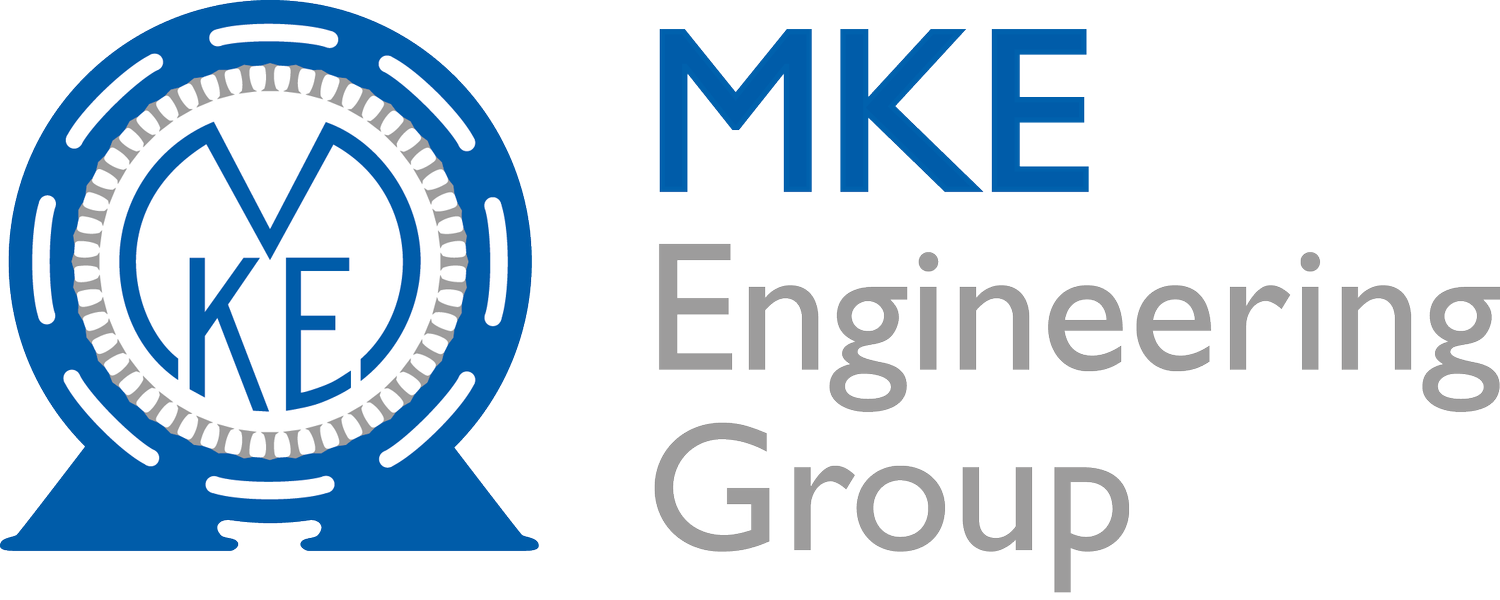Expert Guide to Rewinding a Motor: Maximise Performance & Lifespan
Rewinding a motor is a technical and intricate process involving the replacement of failed or worn-out stator windings in an electric motor. This crucial maintenance activity ensures the motor continues to perform efficiently and prolongs its service life. As a leading engineering company in Kent, MKE Engineering Group's expertise extends to providing top-quality motor rewinding services and guidance for businesses seeking to optimise the performance and longevity of their assets.
In this comprehensive guide, we will explore the reasons why motors require rewinding, the step-by-step process involved, and the benefits it offers to your company's engineering operations. Trust MKE Engineering Group and their extensive knowledge and experience to navigate you through the intricacies of motor rewinding and help you maximise the operational efficiency of your engineering assets.
Reasons for Motor Rewinding
Before diving into the process of rewinding a motor, it's essential to understand the reasons behind this maintenance activity. Several factors can contribute to the deterioration or failure of motor windings, warranting the need for rewinding. These may include:
Insulation Failure: Insulation ageing, excessive heat, or voltage surges can cause the winding insulation to break down, leading to a short circuit or ground fault within the motor.
Overloading: Exceeding the motor's load capacity can place undue stress on the winding, potentially causing it to burn and fail.
Environmental Conditions: Exposure to moisture, chemicals, or harsh operating conditions can accelerate the winding's deterioration, negatively affecting its performance over time.
Mechanical Failure: Motor bearings or structural components may fail, resulting in excessive vibrations or unbalanced forces that damage the winding.
The Re-Winding Process
The rewinding process typically involves several steps to ensure that the motor is repaired effectively and operates efficiently upon completion. These steps include:
Motor Disassembly: The first step in rewinding a motor is to disassemble it carefully, removing the stator from the housing. This may involve detaching the end plate, bearings, and fasteners to facilitate access to the stator.
Removing Old Windings: After the stator has been removed, the old windings must be carefully extracted. This can be done by using a purpose-made coil cutting machine or, in some cases, cutting and removing the windings manually.
Cleaning the Stator: Once the old windings have been removed, the stator core should be cleaned to remove any debris or residues, ensuring a smooth surface for the new windings to be installed.
Winding Design and Preparation: The winding design must be determined, which involves calculating the number of slots, coil turns, and wire size according to the motor's specifications. The wire coils are then prepared and cut to the appropriate length, and the insulation is added.
Installing New Windings: The new windings are carefully inserted into the stator slots following the predetermined winding design. Insulation materials and wedges are used to secure the coils in place, preventing movement and ensuring adequate insulation between the windings and the stator core.
Connecting the Windings: After installing the windings, their ends are connected according to the connection design of the motor, either in series, parallel, or a combination of both. This critical step ensures that the motor operates at its intended voltage and current ratings.
Insulating the Windings: Once the connections are made, the windings are further insulated using insulating tapes, varnishes, or other suitable materials to prevent electrical shorts and provide protection against environmental factors that may affect the motor's performance.
Testing the Motor: The rewound motor is subjected to a series of tests to verify the electrical, mechanical, and thermal performance before being reassembled and put back into operation. These tests may include winding resistance, insulation resistance, high potential tests, and a test run to check for vibration, noise, and temperature rise.
Benefits of Motor Rewinding
Motor rewinding offers numerous benefits to ensure optimum performance and longevity of your engineering assets:
Cost Savings: Rewinding a motor is often a more cost-effective solution compared to replacing it with a new unit, especially when dealing with older or specialised motors.
Extended Service Life: A well-executed rewinding process can extend the service life of the motor, allowing it to continue operating efficiently for a longer period, thus reducing the overall cost of ownership.
Customisation: Rewinding a motor also provides an opportunity to customise the motor's performance characteristics by altering the winding design to better suit specific application requirements or changing operating conditions.
Taking the Professional Approach: MKE Engineering Group’s Expertise in Motor Rewinding
Motor rewinding is a complex process that requires a high level of expertise, precision, and attention to detail to guarantee a successful outcome. At MKE Engineering Group, we pride ourselves on our ability to provide top-quality motor rewinding services for businesses across the South of England. Our highly skilled engineering team adheres to industry best practices and utilises state-of-the-art tools and methods to ensure your motor's performance and reliability are maintained or even improved after the rewinding process.
In addition to our expertise in motor rewinding, MKE Engineering Group offers comprehensive engineering solutions and support, encompassing the entire lifecycle of your assets. Our commitment is to help you maximise the efficiency, performance, and longevity of your engineering equipment, enabling your business to stay competitive in today's demanding engineering landscape.
Achieve Engineering Excellence with MKE Engineering Group's Motor Rewinding Services
Motor rewinding is an essential maintenance procedure to ensure your electric motors' optimal performance and extended lifespan. By trusting MKE Engineering Group, a leading engineering company in Kent, you can have the confidence that our skilled technicians will execute your motor rewinding project with precision and expertise. In addition to our motor rewinding services, MKE Engineering Group provides comprehensive engineering support and solutions tailored to your organisation's unique needs. Partner with MKE Engineering Group to experience unwavering commitment to quality and engineering excellence, securing the performance and reliability of your assets in today's competitive engineering environment. Reach out to MKE Engineering Group today, and let our motor rewinding expertise and comprehensive engineering solutions propel your organisation towards sustained excellence and success.



